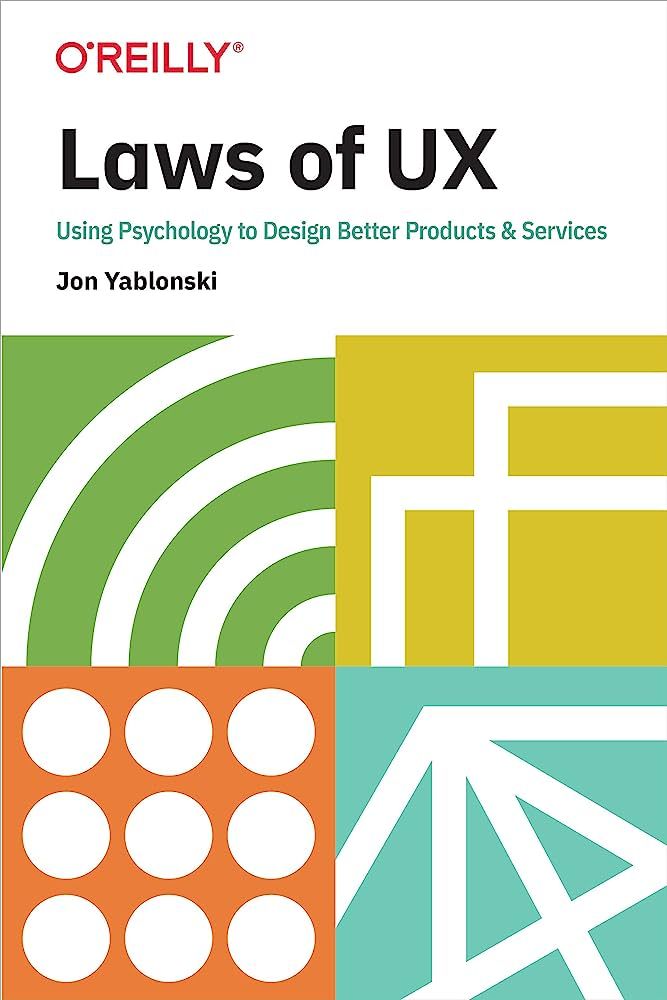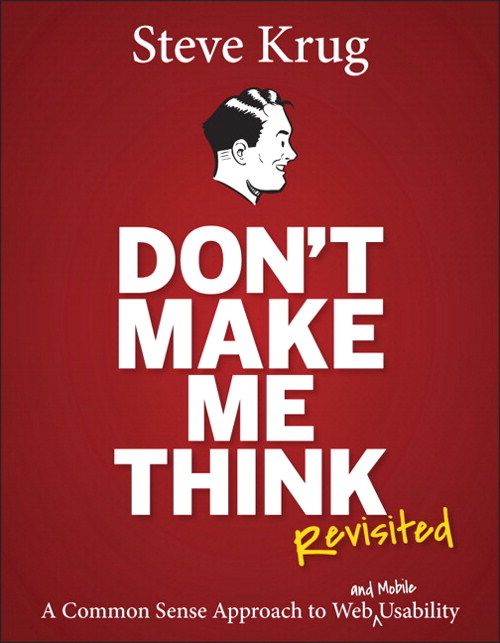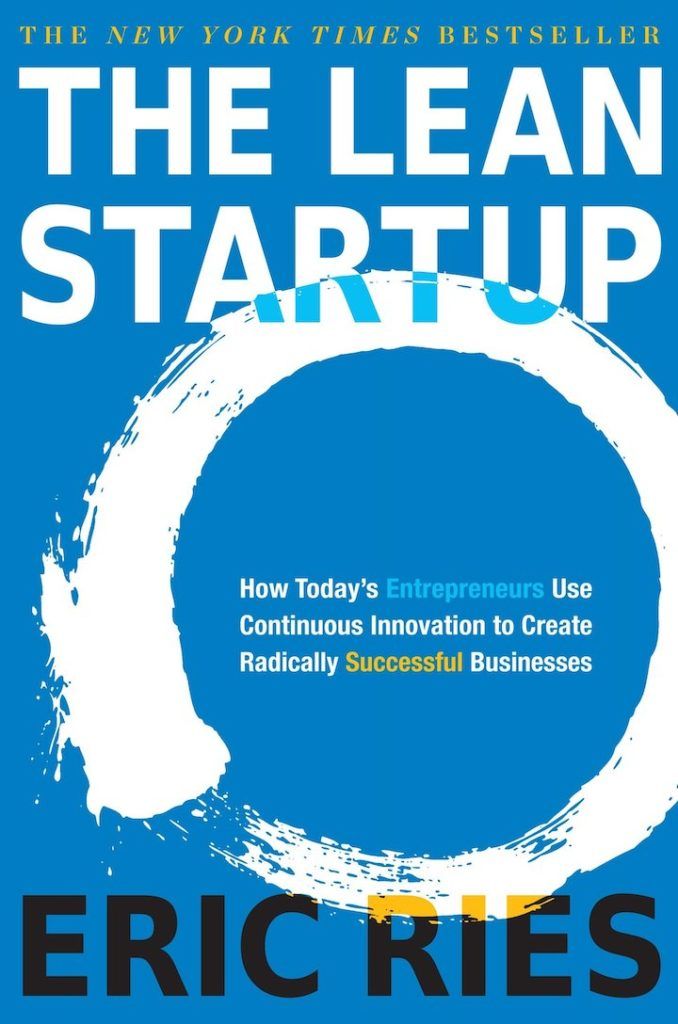Best UX Design Books for Designers To Read In 2023

The UX/UI Designer engaged in crafting user experiences and interfaces for diverse clients globally. In the free time she dedicates herself to the horse riding.
Date added
Read time
6 minIn a world saturated with digital resources, this article argues for the enduring value of books in UX design learning, offering insights into five essential books every designer needs to know in 2023.
- "Laws of UX" delves into psychology's role in intuitive interfaces,
- "Don’t Make Me Think!" underscores web behavior and accessibility,
- "Lean Startup" advocates waste-reducing entrepreneurship,
- "Lean UX" promotes cross-functional collaboration and resource efficiency,
- "Information Architecture for the Web and Beyond" aids in creating well-organized products.
The concise list aims to provide practical guidance on UX best practices and design concepts and prompt further discussion on valuable UX design literature.
Table of contents:
Books. Such an “old-school” way of getting knowledge. We have the Internet, social media, and countless online courses and bootcamps that will make us the best designer ever... Then, why would we read books? It is time-consuming. It requires attention and focus. For some, it may be boring. All of this is true. However, I think that reading books is still worth it to develop your design skills and become a better UX designer. Learning from books is somewhat different than learning from an online video tutorial. This process gives us more space to think about what we read, letting us remember things differently. In this article, I would like to present five books I can recommend if you are interested in UX design. Why only 5? Not 10, 15, 20?! Well, read the article and try to figure it out yourself!
“Laws of UX: Using Psychology to Design Better Products & Services” by Jon Yablonski
In my opinion, this is a must-read for all designers dealing with user experience. "Laws of UX" describes the most important psychological rules that can be applied in designing a more intuitive UI. Each chapter of the book unveils how people understand the world and why they make certain decisions. Often these decisions are made unconsciously - we think quicker than we interpret our choices. The book dives into the decision-making process and translates that into the user experience design.
What did I like the most about this book?
It is a short read and to the point. Each of the psychological principles mentioned in this great book is supported by examples from commonly known applications, thanks to which it is easier for the reader to understand how a given UX and UI design principle can be used in practice.
Free resources
"Laws of UX" is available online at: https://lawsofux.com/. However, the online version is limited and does not dive into the background of each rule. Therefore, I still recommend reading the book.

“Don’t Make Me Think!” by Steve Krug
Looking back at the beginnings of my career as a designer, that was the first book I bought (and read!), trying to dive into the UX design field. It has been some time since then though I still think this is a great read for beginners and every UX designer who has worked for several years in the industry. The book helps designers understand how people behave while browsing the web, how our products should be tested, and why accessibility is not just a nice-to-have “add-on.” While these interesting design topics should be well-known for the more experienced designers, I think that rereading some chapters can be a great reminder about the universal principles of design that should guide our design work.
What did I like the most about this book?
Every few pages contain colored comics related to the content, which makes it easy and fun to read. The book is also surprisingly easy to read, thanks to the author’s sense of humor. Both of these factors allow one to go through the book very quickly - the author’s objective was to make it short enough to be read on a long flight.
Free resources
The revised version of the book, released in 2013, is available online at: https://eng317hannah.wordpress.ncsu.edu/files/2020/01/Krug_Steve_Dont_make_me_think_revisited___a_cz-lib.org_.pdf

“The Lean Startup” by Eric Ries
"The Lean Startup" is a must-read for anyone interested in building a successful business. In short, it is not only a book for UX designers. I would rather say it is a book for entrepreneurs and anyone involved in creating a new product. A product that customers actually want. This is the key - practically anything can be built in today's world. But "Should it be built?" is a far more critical question. Why? Well, creating waste is far easier than creating something usable. In this context, waste is defined as the waste of human effort. Countless hours are spent on a project that is then thrown away. The product that no one uses. Idea that failed. Can we prevent this waste? It turns out we can. By applying the Lean Startup methodology, we are able to understand the roots that cause the waste and prevent them by building a successful product that people want to use.
What did I like the most about this book?
The real-life stories described in this book opened my eyes to how companies are built and the type of ups and downs they go through. The author describes his experiences creating startups and provides interesting techniques such as small batches and Five Whys that can be applied in modern management.

“Lean UX” by Jeff Gothelf, Josh Seiden
If you read "Lean Startup," your next title to go for is "Lean UX." The book dives into the UX concepts of cross-functional collaboration during product creation. It advocates that everyone should be involved in the UX design process, no matter their role in the company. Further, it emphasizes the part of the product discovery phase, where the UX design team should focus on the problem to solve rather than solutions to build. Suppose we focus on solutions. In that case, sooner or later, we may discover that the product we are creating is useless, solves the wrong problem, or is directed to an improper target group. The "Lean UX" teaches us how to use our resources wisely in digital product design and development.
What did I like the most about this book?
The book provides templates for a variety of canvases that can be used to conduct workshops with clients. It also gives tips on how such workshops can be led to achieve the desired results. The book contains many valuable quotes worth highlighting so that they can be easily found later on. In my opinion, it is one of those books that you should not just read and forget but use more as guidance in your everyday work, especially if you are involved in building a new product.

“Information Architecture for the Web and Beyond” by Jorge Arango, Louis Rosenfeld, Peter Morville
It is one of the most recent books on this list I have come across as a UX designer. Having worked on several projects where I had to create or redefine the Information Architecture (IA), I felt I must explore this topic more to create well-organized products.
Information Architecture is an integral part of product development, where the skeleton of our product or website is created. Usually, it involves cleaning the existing mess, creating a product or website from scratch, or expanding it to include new content or functionalities. No matter which part you are involved in, it can be a mind-blowing process. How should we organize the content? Which information can be grouped? How should we name the categories? These are the questions that often give sleepless nights to many designers. If you are one of them, you should read this book.
What did I like the most about this book?
It helped me make sense of the basics of IA, especially regarding content organization. It also helped me understand the complexity of search systems and how to make the information easy for an average user to find.

Conclusion
So, here is my list of UX best books for UX designers. If you have managed to keep attention until this paragraph, you should have already figured out why I only recommended five books. That makes this article short enough to read for a busy person like you. We may publish a second part of this article with other valuable resource for designers.
In the meantime, I would love to hear your recommendations about UX books worth reading and other ways to learn more about UX. Please message me if you want to share the tips, and stay tuned for news on our website!
Need a Full-Stack Design Team?
Our team handles all aspects of design, making your ideas a reality.
This article emits ~0.23g of CO2.




